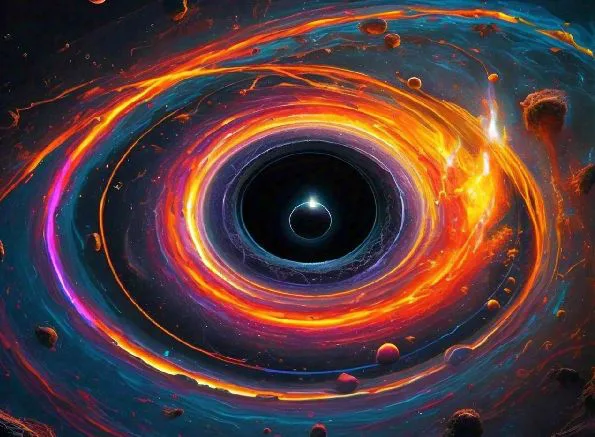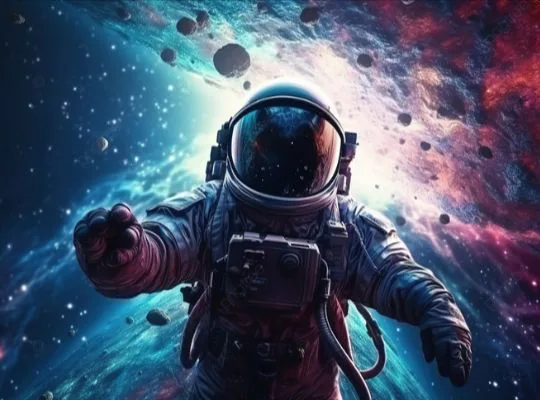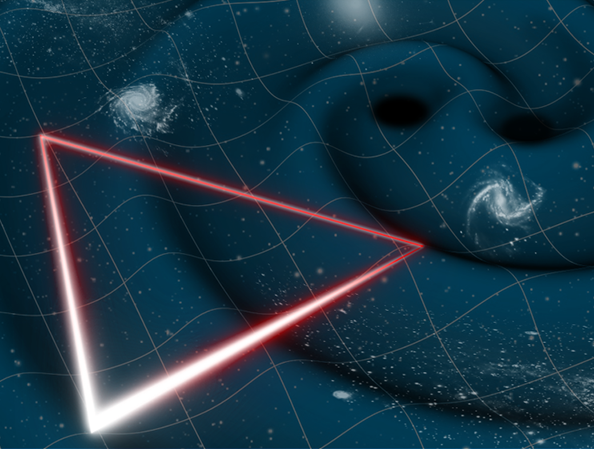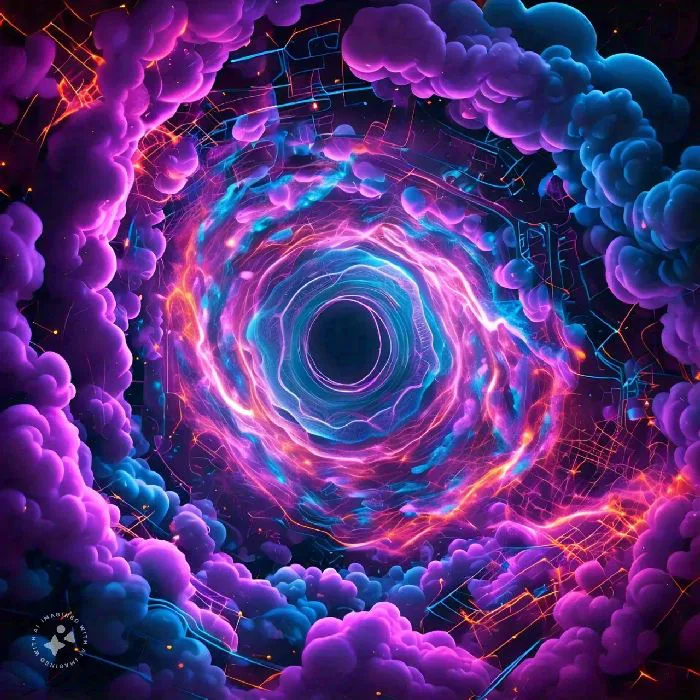
Somewhere in 1916, Albert Einstein figured out his theory about gravity that there are waves in the fabric of spacetime. Also known as ripples. Since then, scientists have been working out what these waves would look like in a few basic situations, like merging of two black holes.
Interestingly, this kind of wave was actually detected for the first time on September 14, 2015. The phenomena were tracked using a special technique that involves measuring tiny changes with special detectors called interferometers. Currently, some of the ground-based interferometers designed to detect gravitational waves are:
- LIGO (Laser Interferometer Gravitational-Wave Observatory): With two detectors in the United States (Hanford, Washington, and Livingston, Louisiana).
- VIRGO: Located near Pisa, Italy.
- KAGRA (Kamioka Gravitational Wave Detector): Located in Kamioka, Japan.
- GEO600: Located near Hannover, Germany.
For the research, scientists figured out in advance what the signal from that event would look like when it reached the two detectors – LIGO in the US and VIRGO in Italy.
Mathematical Models and Detection of Gravitational Waves
Researchers did some math to understand the astrophysical events and their contributions to the detection of gravitational waves, like:
- Neutron Star-Black Hole Mergers
- Neutron Star-Neutron Star Mergers
They also looked for continuous gravitational waves that come from:
- Fast-spinning neutron stars: If a neutron star is not perfectly spherical, its rotation can produce continuous gravitational waves.
- Random gravitational waves that might be left over from events like the Big Bang. They form a sort of gravitational wave “noise” that is always present.
Using these studies, they’ve managed to detect over 80 gravitational wave events in total. These detections are made possible by instruments like LIGO and Virgo, which are designed to observe the minuscule distortions in spacetime caused by passing gravitational waves.
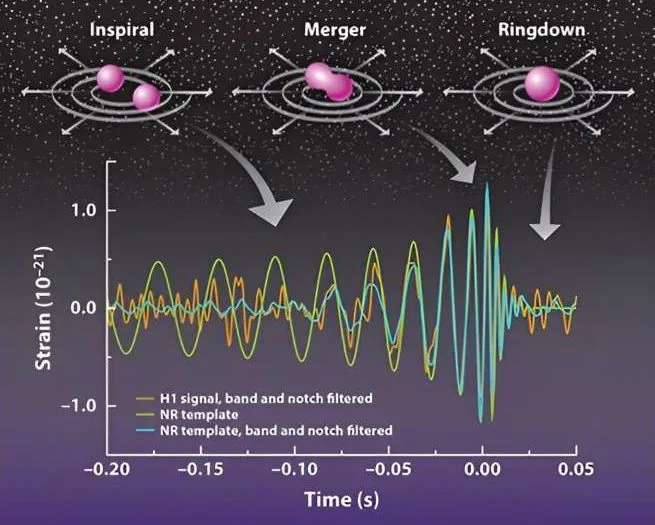
Challenges in Gravitational Wave Detection
An important thing that cannot be ignored is that detecting extremely small movements require extreme precision, since the changes caused by a gravitational wave are much smaller than a proton’s width. However, everyday noise, like the vibrations from trucks driving by, could also cause these instruments to shift. To find real signals from gravitational waves, they had to separate these tiny movements from the much larger ones caused by environmental noise.
Given these challenges of detecting extremely small movements and filtering out environmental noise, the current method for detecting gravitational waves focuses on identifying waves that match theoretical predictions. This approach has two main problems:
- Firstly, waves from events that do not match the known theoretical models, would go undetected.
- Secondly, the waiting period of processing and informing other observatories, delay the observation of related events like light or particles from the same source.
Enhancing Gravitational Wave Detection with CNNs
In recent years, physicists have been trying to improve the detection of gravitational waves using Convolutional Neural Networks (CNNs). It is a type of machine learning algorithm.
The CNNs are a class of deep learning algorithms, which are especially good at identifying patterns and features in data, especially pictures and sounds. Hence, they can process complex data and recognize patterns, which (in the current study) are overlooked by conventional methods.
Rather than just looking for anything specific or matching predefined patterns, CNNs can recognize unexpected signals through consistency checks. This makes them more flexible and effective at recognizing things that might be missed by older techniques.
Promising Results and Speed with New Deep-Learning Model
The new deep-learning model, when applied to real data collected by LIGO and VIRGO, gave promising results. Specifically, this approach was able to detect and identify gravitational waves, even those that didn’t fit known patterns.
Interestingly, this approach also offers speed. It could potentially alert telescopes and other observatories within seconds of detecting a gravitational wave. With this quick notification, other instruments could focus on the source immediately, allowing for simultaneous observation of related phenomena.
Takeaway
The new method for detecting gravitational waves promises to enhance how quickly and accurately we can identify these cosmic events. The improved capabilities would surely lead to groundbreaking discoveries in astrophysics.
We may even witness entirely new types of cosmic events and gain a deeper understanding of astrophysical processes.

